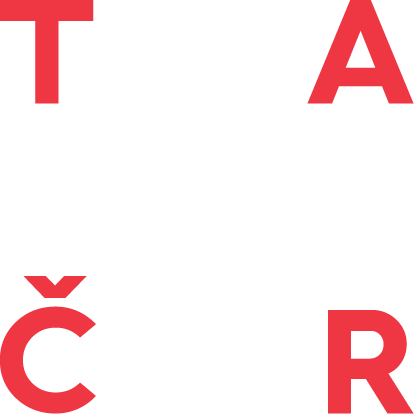Technology description:
Within the production of tube components, the developed technology aims to partially replace effective but expensive constituents of bulk material with others that are cheaper. In order to exchange these constituents, it was vital to design an innovative technology of mold-filling during the production of multi-walled tubes.
The technology is designed to fill the molds with two or more bulk materials which are subsequently pressed into the shape of a multi-walled tube. The technology minimizes the chance of mixing the discrete bulk materials that constitute the different walls of the tube. The technology/ device is designed for a range of bulk materials with different mechanic, grain-size, morphologic, and chemical properties. It can be used for both dry and flowing bulk materials as well as to distribute highly cohesive, non-flowing materials into very narrow press molds.
The technology brings savings in the manufacturing process, namely because of using cheaper materials and the modular system concept that enables users to efficiently respond to a change in the material. This way, shutdown time is reduced significantly and manufacturing becomes more efficient.
